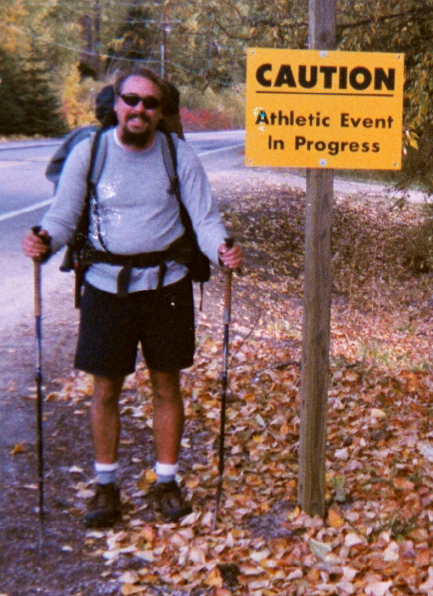The process used by the Democrats is more complicated than the Republican Party caucus process. Each precinct divides its delegate seats among the candidates in proportion to caucus goers' votes.
Participants indicate their support for a particular candidate by standing in a designated area of the caucus site (forming a "preference group"). An area may also be designated for undecided participants. Then, for roughly 30 minutes, participants try to convince their neighbors to support their candidates. Each preference group might informally deputize a few members to recruit supporters from the other groups and, in particular, from among those undecided. Undecided participants might visit each preference group to ask its members about their candidate.
After 30 minutes, the electioneering is temporarily halted and the supporters for each candidate are counted. At this point, the caucus officials determine which candidates are "viable". Depending on the number of county delegates to be elected, the "viability threshold" can be anywhere from 15% to 25% of attendees. For a candidate to receive any delegates from a particular precinct, he or she must have the support of at least the percentage of participants required by the viability threshold. Once viability is determined, participants have roughly another 30 minutes to "realign": the supporters of inviable candidates may find a viable candidate to support, join together with supporters of another inviable candidate to secure a delegate for one of the two, or choose to abstain. This "realignment" is a crucial distinction of caucuses in that (unlike a primary) being a voter's "second candidate of choice" can help a candidate.
When the voting is closed, a final head count is conducted, and each precinct apportions delegates to the county convention. These numbers are reported to the state party, which counts the total number of delegates for each candidate and reports the results to the media. Most of the participants go home, leaving a few to finish the business of the caucus: each preference group elects its delegates, and then the groups reconvene to elect local party officers and discuss the platform.
The delegates chosen by the precinct then go to a later caucus, the county convention, to choose delegates to the district convention and state convention. Most of the delegates to the Democratic National Convention are selected at the district convention, with the remaining ones selected at the state convention. Delegates to each level of convention are initially bound to support their chosen candidate but can later switch in a process very similar to what goes on at the precinct level; however, as major shifts in delegate support are rare, the media declares the candidate with the most delegates on the precinct caucus night the winner, and relatively little attention is paid to the later caucuses.
It does not mention that the candidates need to have an official delegate in each precinct in the caucus. So not only do the candidates have to reach 15% they need to have an official delegate. Also, the precincts are not weighted by number of participants. Here is Ezra.
Meanwhile, John Edwards, who's been amassing support in the disproportionately influential rural counties -- 25 caucusgoers in a small precinct have the same influence as 2,500 in a big one -- sees his strategy achieve terrific results.
How this is considered democratic I do not know. And Just for fun a Hillary YouTube.
Caucusing Is Easy



No comments:
Post a Comment